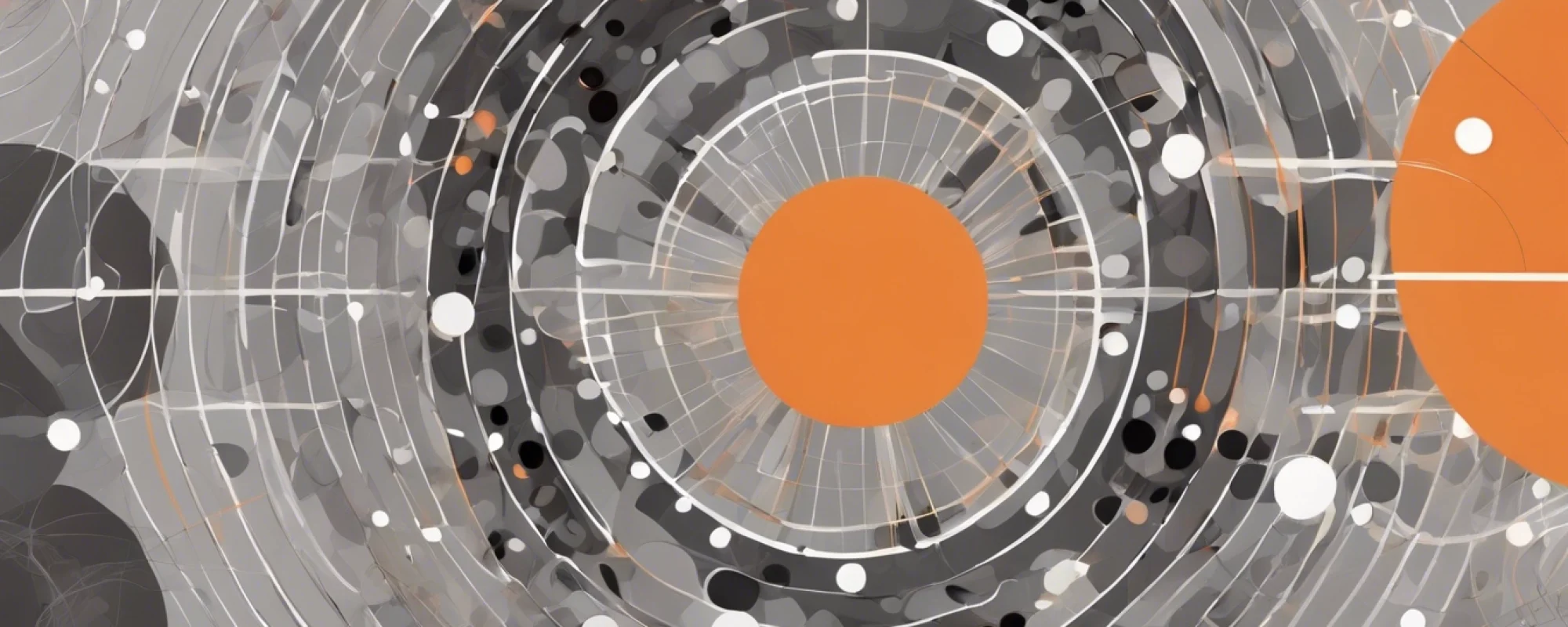Let’s talk AI.
No doubt it’s the hot topic buzzing around the design world lately: Generative AI. Startups love it because it’s cheap. Marketing agencies love it because it’s the hip new thing. Business owners love it because it’s fast. Sure, it sounds fancy, but is it the secret sauce for top-notch visual design? Spoiler alert: not really.
First, the Dark Side…
Generative AI, bless its digital heart, is a bit like fast food – safe, predictable, and, well, kinda bland. Imagine your brand as a spicy taco, and Generative AI hands you a plain tortilla. It might get the basics right, but at best the design is forgettable.
Why settle for mediocre designs that look like they were copy-pasted from a generic design handbook? Your brand deserves better, like a superhero suit tailored to fit only your business. Generative AI might give you a costume, but it won’t make you a superhero in the eyes of your customers.
It’s quite limited…
Generative AI lacks the human driven perception needed in order to change directions as needed. The software just looks at other work, copies what it needs to, repeats as needed, and voila. Sure it may get something that is passable, but is passable going to help elevate your brand? Truly engage an audience? Promote public discourse?
In the grand scheme of things, Generative AI is more like your second cousin’s fruitcake at Christmas – it’s there, it’s okay, but you’re not raving about it. For a visual brand that truly pops, mix in some human creativity, sprinkle a dash of personality, and let Generative AI be the side dish, not the main course. Your brand deserves to stand out, not blend into the ‘meh’ crowd.
But is that all there is?
This is to say that all is not lost. After all, Generative AI is merely a tool, and should be viewed as just that and not a crutch. As a tool, tt turns out, Generative AI can be open paths in brainstorming and ideation. Using Generative AI with the same eye for design as a painter or sculpter, can help to expand one’s visual repertoire. Creating thumbnails, sketches, concepts, and storyboards. There still needs to be that human connection to direct the tool.
Now in the creative and design fields, participants have training. They have learned how to communicate in a visual way that can persuade, engage, educate, or entertain. These individuals know that they stand on the shoulders of those before them and seek to add to the converation. Generative AI merely copies what has come before. Generative AI is not concerned with the message. It is only concerned with completing a task. The problem occurs when we believe that merely copying is enough to suffice a brand.
Generative AI does have the ability to push envelopes, but only with the proper human supervision. The part of design that is concerned with the audience. That human interaction is what makes the design more than mediocre, and propels deeper conversations. Sometimes that conversation just starts with “Do you want a burger?”, but it can be so much more when used correctly.
In a nutshell, Generative AI can be a double-edged sword. It should be seen as a tool in the designers toolbox, but as a community, and a culture, we should be wary of giving into mediocrity in favor of the quick turnaround.




